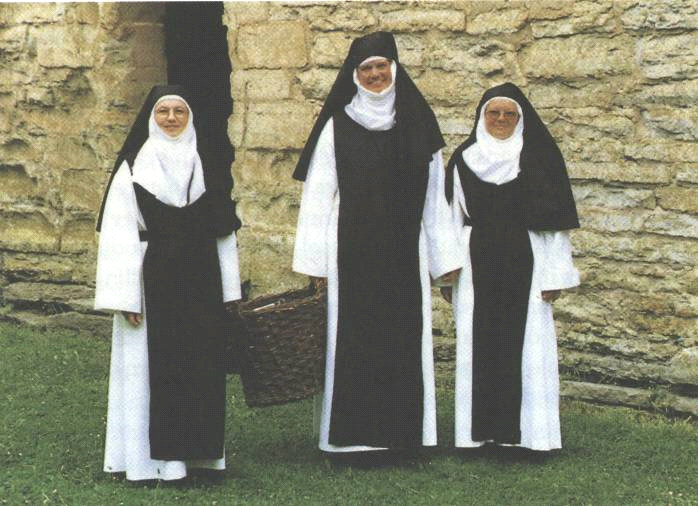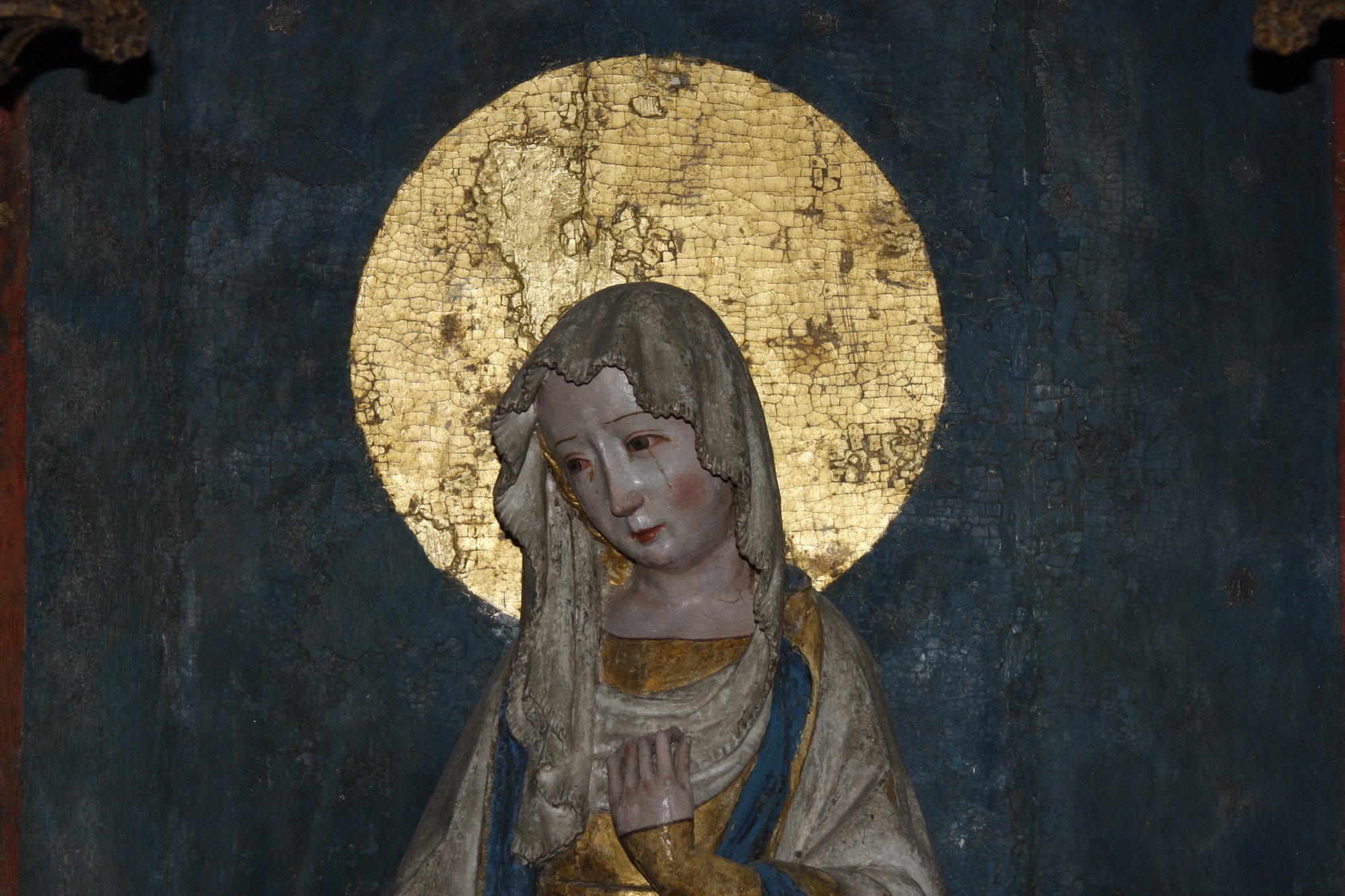In 1376, the chairman of the Memming district gave away land to the abbey from the homestead of Sproxstada, in the parish of Kullerstad, upon the acceptance of his daughter Ingrid. And in the year before that, Olaver Jönsson had donated land in Karatorp in Rystad, after having approved Kristina as a nun in the convent.

Ingrid and Kristina may be socially regarded as representative for their time period, as studies show that European abbeys founded before the 14th century to a large extent were dominated by women from the gentry or corresponding level in society. The first domestic order, the Birgittine Order, which with support from the highest level in society was established in 1346, certainly had some significance in the recruitment to the old abbeys. We notice that donors, not unexpectedly, would prefer Vadstena before Askeby.
Girls at Vadstena abbey were initially enrolled at the age of 7, but eventually the admission age was increased to 18 years. We do not know much about the rules at Askeby, but we can assume that they were similar to those at Vadstena, and that girls who were brought up in noble families, or equivalent society level, were more appropriate for the abbey mentality, compared to a farmer’s daughter where the upbringing was not so strict. But also elderly women got accession, and yet a few lived their monastic lives as retired.
Following the regulations for the foundation of an abbey, Askeby should have at least 12 nuns. The details are uncertain, but we do know that the number of nuns increased in the beginning of the 15th century. The expanding of the cabbage garden is evidence, and another is an indulgence from 1482, when the abbess and 19 sisters were named. It may be mentioned that Vreta abbey, in comparison, had around 30 nuns.
